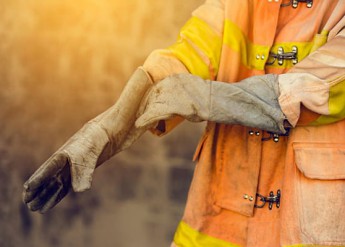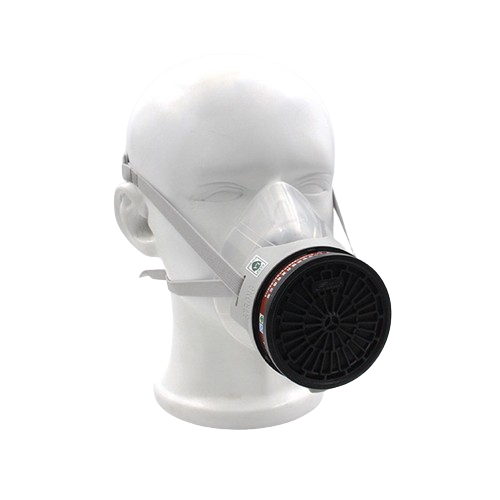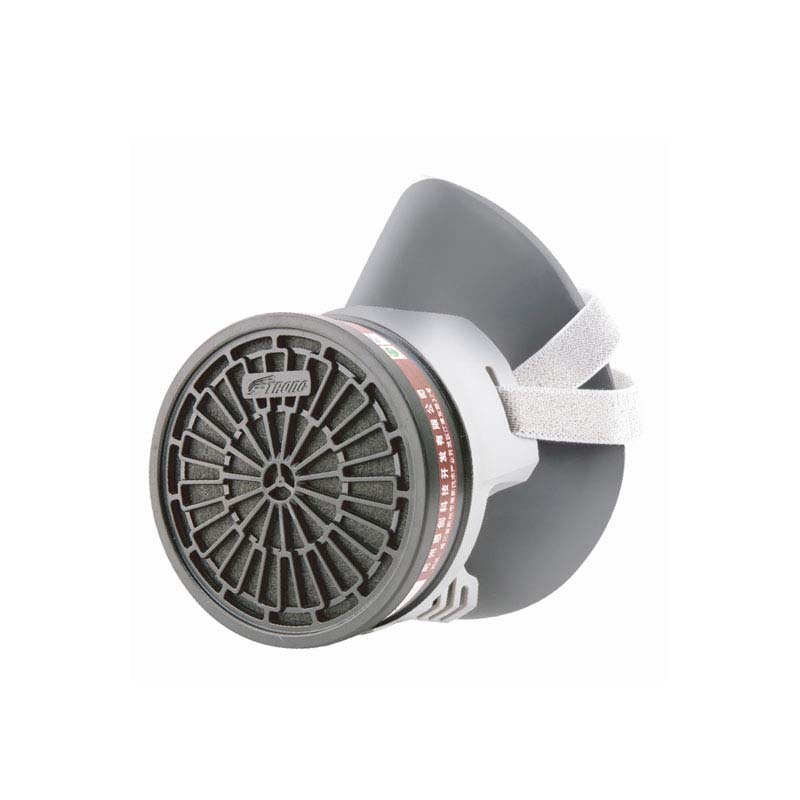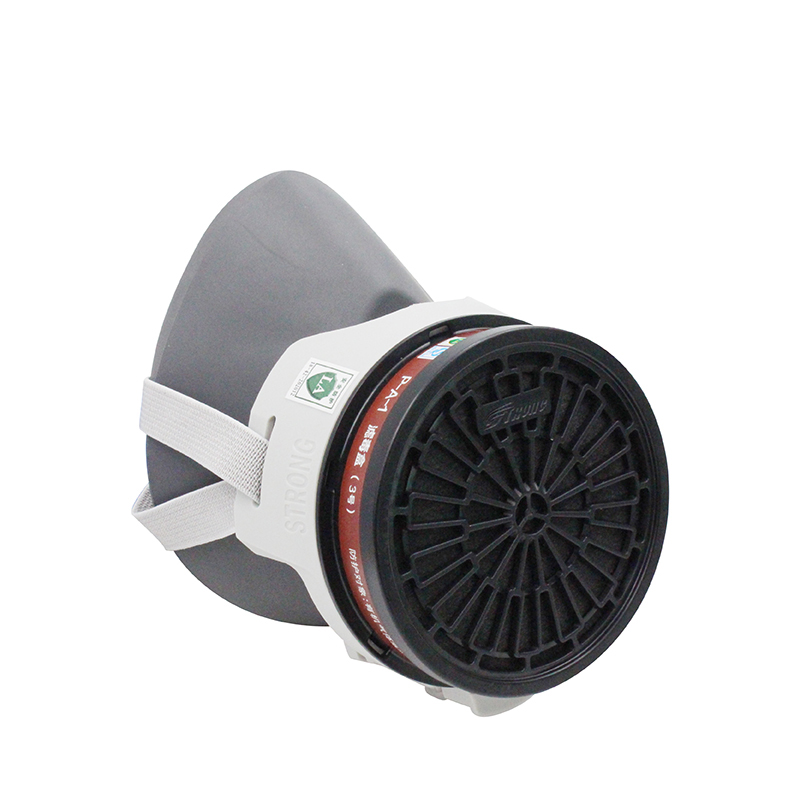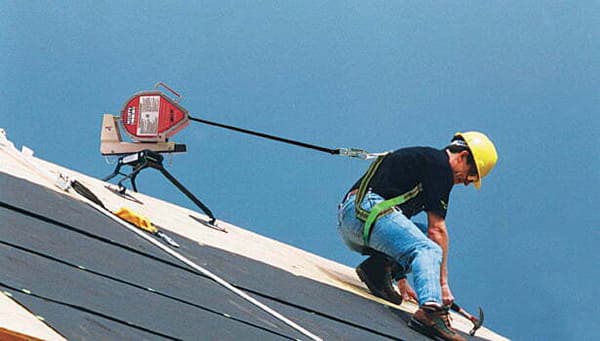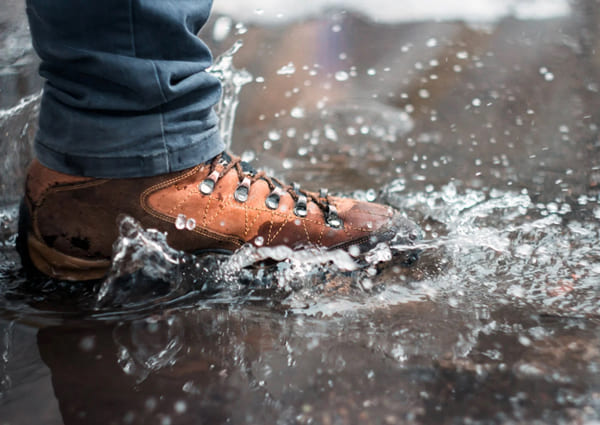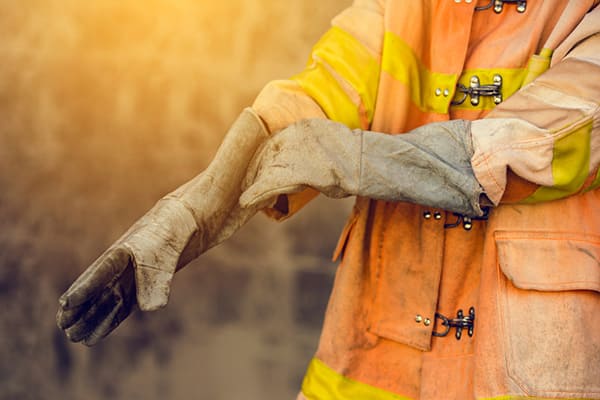Anti Cut Resistant Gloves: Understanding the Benefits of Protective Gloves
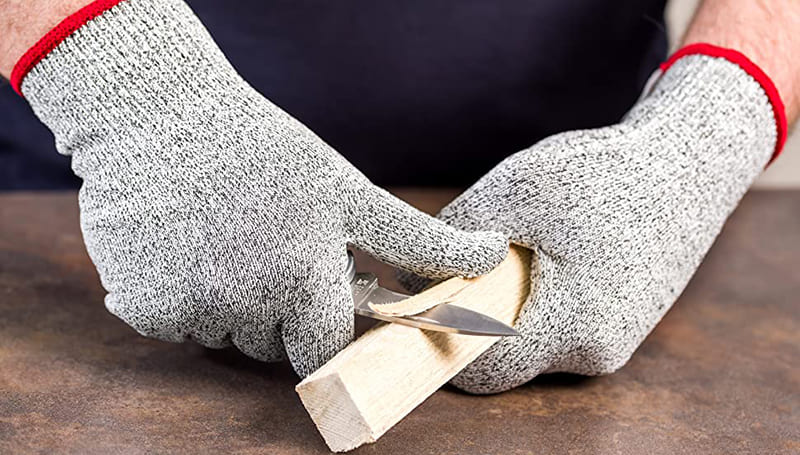
Whether you work in construction sites, kitchens, or other environments where sharp objects are present, the risk of cuts and lacerations is an ongoing concern. Therefore, investing in appropriate protective equipment such as anti cut resistant gloves is necessary to ensure safety in the workplace.
Anti cut resistant gloves are specifically designed to protect hands from injuries caused by sharp edges and blades, providing an additional layer of safety to prevent cuts and injuries. These gloves are made from various materials, including high-performance synthetic fibers such as Kevlar, Dyneema, and Spectra, as well as metals such as stainless steel and aluminum.
One key benefit of anti cut resistant gloves is that they provide a high level of protection against cuts and punctures, reducing the risk of serious injury. This is particularly important in industries such as construction, manufacturing, and food processing, where workers handle sharp objects on a daily basis.
Another advantage of anti cut resistant gloves is that they provide thermal insulation, keeping hands warm and comfortable in cold environments. This is especially useful in outdoor work or refrigerated areas, as low temperatures can cause discomfort and decrease productivity.
When choosing anti cut resistant gloves, it is important to consider the required level of protection as well as the type of material used. Gloves are typically rated from level 1 to 5 based on their cut-resistant level, with level 5 being the highest level of protection against cuts. The fit and comfort of the gloves should also be taken into account, as ill-fitting gloves can cause discomfort and reduce dexterity.
In conclusion, anti cut resistant gloves are essential protective equipment for anyone working with sharp objects. By providing a high level of cut resistance and thermal insulation, these gloves offer additional safety and comfort in the workplace. When choosing gloves, it is important to consider the required level of protection, the materials used, and the fit of the gloves to ensure maximum effectiveness and safety.



